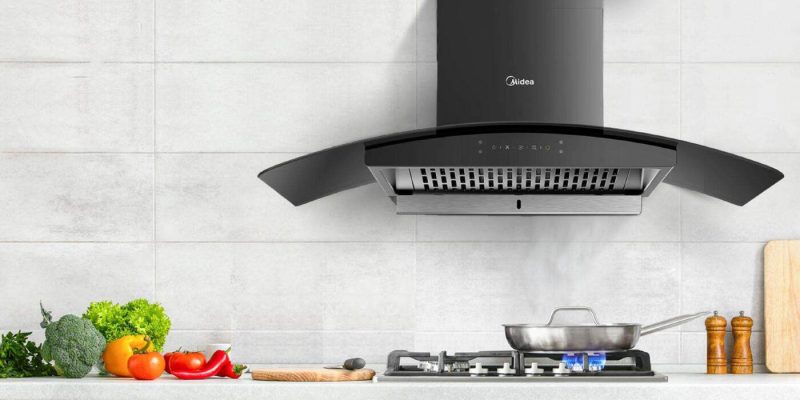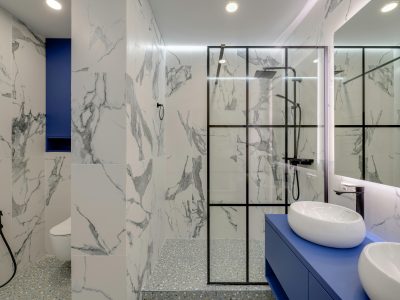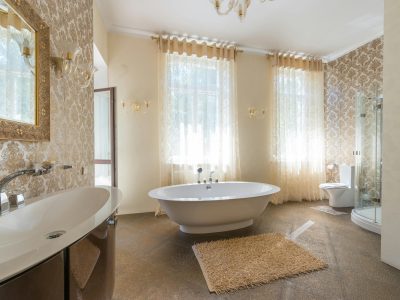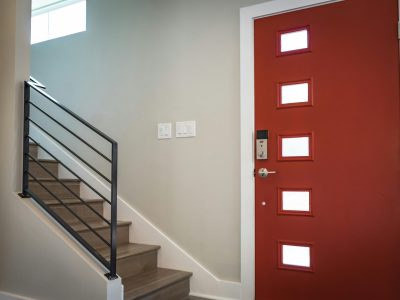How To Choose The Best Kitchen Chimney
It’s important to take into account the functionality of a kitchen when designing one or renovating an old one. It’s important to maintain air quality in a well-designed, stylish kitchen. A kitchen chimney can help.
The kitchen chimney (also known as an exhaust hood or range hood) is a crucial appliance that removes smoke, odors and grease particles while cooking. It improves your cooking experience and keeps the air fresh. With so many models and types available, it can be difficult to choose the right kitchen chimney. This guide will help you make the right decision. It also includes answers to frequently asked questions.
1. Choose the type
To choose the right kitchen chimney, you must first determine which type of kitchen chimney will best suit your kitchen. There are two main types to take into consideration:
a. Wall-Mounted Chimney:
These chimneys attach to the wall just above the cooktop or stove. These chimneys are perfect for kitchens with a stove that is against a wall.
b. Island Chimney:
Island chimneys can be used in kitchens where the cooking range is located on an island centrally or away from a wall. The chimneys are suspended from the roof and do not have a wall attachment.
Your kitchen’s layout will determine the type of chimney you select. The chimney should complement your kitchen’s design, and not obstruct the movement of the kitchen.
2. Consider Suction Power
When choosing a kitchen fireplace, the suction power of the chimney is an important factor. The suction power is measured in cubic metres per hour (m3/h) and you need to choose a chimney that has enough suction power to remove smoke and odors effectively from your kitchen. Consider the size of the kitchen when determining the suction power required. Here is a general guideline.
- Small kitchens (up to 100 square foot): 300-400m3/h
- Medium-sized kitchen (100-200 square feet): 400-600 m3/h
- Kitchens larger than 200 square feet: 600 m3/h
It’s best to choose a chimney that has a higher suction power if you are prone to heavy frying and grilling.
3. Filter Types
Filters are used in kitchen chimneys to purify air. Choosing the right filter for your chimney can have a significant impact on its performance.
a. Baffle filter:
The baffle filter is made up of multiple curved panels which allow the smoke and grease particles to move in any direction. The design traps grease very effectively and they require less cleaning.
b. Cassette Filter:
The cassette filters are made up of several layers of aluminum or mesh. They are very effective at capturing grease and are easy to clean.
c. Charcoal filter:
Charcoal filters can be used to remove fumes and odors from ductless chimneys. The filters should be changed periodically, usually between 3 and 6 months depending on the usage.
Select the filter that suits your cooking style, maintenance needs and preferences.
4. Ducted vs. ductless
A ducted or ductless chimney is another important consideration. Your kitchen layout and ventilation options will determine the choice.
a. Ducted Chiller:
Ducted fireplaces exhaust the air through a duct to provide more efficient ventilation. These are ideal for kitchens, where ducting is easily installed.
b. Ductless Chimney:
Ductless fireplaces use filters to purify the air, and then recirculate the air back into the kitchen. These are perfect for kitchens that have a difficult time installing ducts.
Generally, ductless fireplaces work better when there is no external ducting available. They are also easier to install.
5. Noise Levels
It is important to take into consideration that chimneys are noisy, especially if you have an open kitchen. For a quieter chimney, choose one with a lower decibel rating (dB). A range hood that has a sound level of 60 decibels or less is generally considered quiet.
6. Size and Design
The kitchen chimney must not only function but should also be aesthetically pleasing. Make sure that the design and size of your chimney matches the style and the space in your kitchen. There are many different designs of chimneys, such as the built-in, pyramid, or chimney style. Choose a chimney that compliments the decor of your kitchen and does not overpower it.
7. Brand and Warranty
It is important to invest in a well-known and reliable brand. Brands that have a good track record often offer better products and service. Check the warranty information. A longer warranty period indicates that the manufacturer is confident in their product.
8. Energy Efficiency
The energy efficiency of your kitchen chimney will have an impact on your electricity bill. Choose a model that has LED lighting and motors with energy-efficient. It can reduce your long-term costs.
9. Price and Budget
You’ll also need to think about your budget. There are many different price ranges for kitchen chimneys, so you need to decide how much money you can spend. A quality chimney can be a great investment for the long term. It will improve your cooking and air quality at home.













Comments